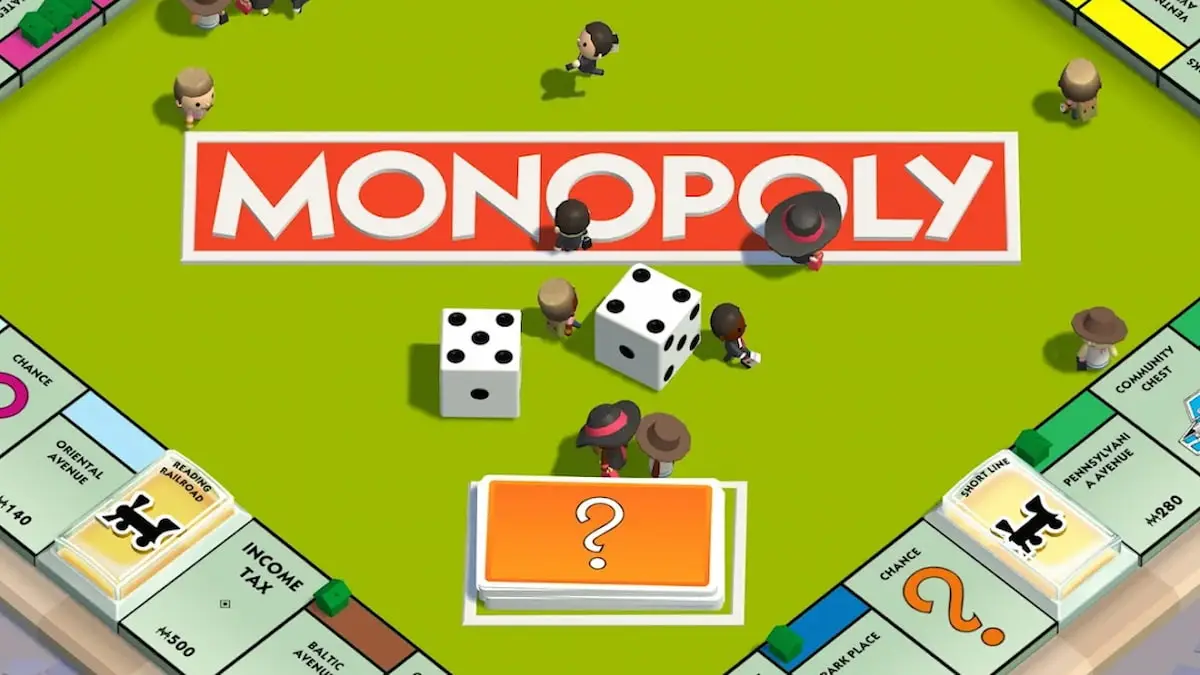PVP has come a long way in Pokemon Go since its introduction in late 2018. New moves, new Pokemon and entirely new ways of playing like the Go Battle League have completely reshaped the game’s PVP landscape over the last couple years. With that in mind, here’s a guide to just about everything that there is to know about Pokemon Go PVP.
The Basics
For those completely new to Pokemon Go PVP, one thing that might surprise you is that the battle system is totally different from the one used in gym and raid battles. Instead of firing off charged moves almost instantly, PVP introduces a small minigame where players must tap a series of icons themed after the attack type in order to deal full damage. Additionally, moves’ damage values and other statistics are very different from PVE.
Another thing to note is that instead of a full six Pokemon, each player has a team of three. Switching incurs a cooldown period, so choosing when and when not to switch is an important decision.
Teambuilding
Picking which Pokemon to use on your team is a pretty important part of PVPing. For instance, if you use three Pokemon of the same type without being especially careful about it, your team could do very poorly against any team with a Pokemon that counters that type. As such, it’s generally a good idea to diversify what you use on your team.
One way to do this is by using what is called a safe switch, a Pokemon that does fairly well against almost anything, even if it doesn’t always win. Snorlax is a good example of this in most Ultra and Master League formats. With a safe switch, you have a pretty reliable option to turn to whenever you find yourself in a disadvantageous lead matchup.
The other common strategy is to pick two backline Pokemon that very comprehensively cover your lead’s weaknesses. Swampert, for example, has a weakness only to grass attacks. If you ran a Swampert lead with two Pokemon that resist grass, like Talonflame and Ferrothorn, this would give you two options for any situation where your lead is going to be heavily countered by its weakness.
Of course, Swampert loses to more than just grass Pokemon, but the idea is identify what else it loses to and adapt your backline to handle that as well.
Picking Moves
The introduction of PVP to Go added the ability to give Pokemon a second charged move. While this would generally have limited use against a raid boss with a fixed weakness, fighting other players requires your Pokemon to be prepared to deal with any number of unpredictable opponents.
As is the case in the rest of the game, Pokemon using moves that share one of their types receive a damage bonus, so unless you have something very specific in mind as an alternative, it’s typically best to have at least one move that’s the same type as your Pokemon.
As for the second move, you will typically want something that can effectively damage Pokemon that your other move works poorly against. Dragon moves, for example, are resisted by steel and fairy type Pokemon, so pairing a dragon charged move with a fire or ground one should allow you to hit many of these types of Pokemon for neutral or even super-effective damage.
Alternatively, some moves have effects like debuffing an opponent’s stats, so these can be good to pair with a more damage-oriented attack. Whatever you do, though, don’t pair extremely expensive charge moves with low energy gain fast moves like Razor Leaf. There’s a good chance that you won’t even get the energy to use them once!
Shielding
Another area where PVP differs from PVE is that in a PVP match, you are able to use “protect shields” to block two charged attacks per match. There are situations where a charged move will do basically nothing and situations where a charged move will KO a Pokemon in a single hit, so choosing when to shield and when not to shield is a big part of becoming proficient at PVP.
Often, players will use Pokemon with “bait moves” that cost 35 energy or so to use. If their opponent shields two of these moves, they can more reliably use moves that take considerably more energy later on in the match. As such, shielding is about knowing what moves your Pokemon can afford to get hit by and denying your opponent as much energy and damage as possible.
Of course, some moves like charm barely generate any energy and some teams simply run three Pokemon with only huge, expensive moves so that there is no risk of having their bait predicted and wasting energy.
Even once you have a good idea of what you can afford to shield or not shield, players always have a chance of out-predicting you, but this is part of the fun of PVP.
Advanced Strategies
Beyond simply understanding the basics of building a team and using it, PVP has a number of techniques that allow you to get an edge over players using teams on par with your own.
One such technique is pooling energy rather than simply spending it the moment you have enough to use a charged attack. If you’re already winning a matchup and you know the opponent’s Pokemon won’t knock you it, it can be smart to finish them off with only fast attacks and then unleash a tremendous amount of charged move damage on their next Pokemon as soon as it switches in.
Obviously, this can be dangerous if you underestimate how much damage your opponent will deal to you before you knock them out, but pooling cleverly can easily turn a loss into a win.
Another difficult, though extremely effective, technique to pull off is switching right as an opponent uses a charged move. You have to anticipate them correctly, but switching takes priority over using attacks so a perfectly-timed switch can potentially redirect a move that would KO your current Pokemon into a Pokemon that heavily resists it or simply has better defenses.
This technique is especially effective when you manage to make the opponent’s charged attack hit a Pokemon that only has a sliver of health left after the earlier parts of the battle. Alternatively, switching clears debuffs from your party, so keeping a low health Pokemon around can be a good idea if the opponent has halved your attack or something.
Don’t do this carelessly, though, as switching out of a low health Pokemon incurs the switch cooldown and effectively locks you into your next Pokemon. When you’re nearly down to your final Pokemon, however, it’s generally pretty safe to switch out if your second-to-last Pokemon won’t be able to use another charged attack.
Final Comments
Despite its relatively simple gameplay, PVP in Pokemon Go can take a long time to master. Even very experienced players can struggle with things as fundamental as building the right team to compete in a given metagame, so don’t feel discouraged if you don’t succeed at first!







Published: Nov 7, 2021 07:12 pm